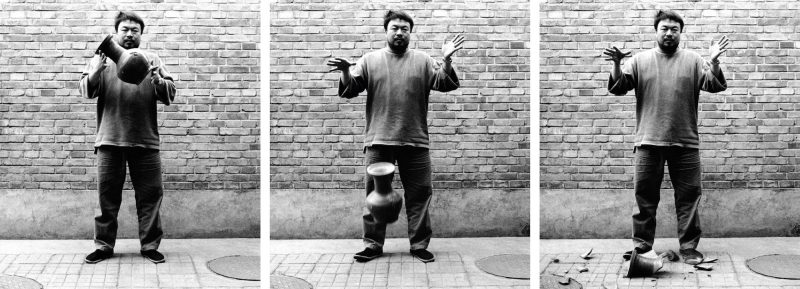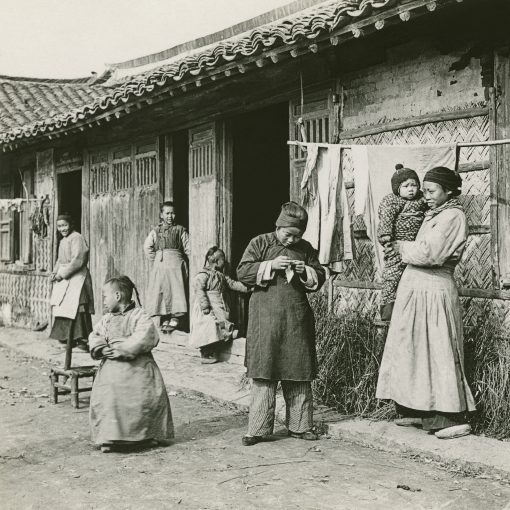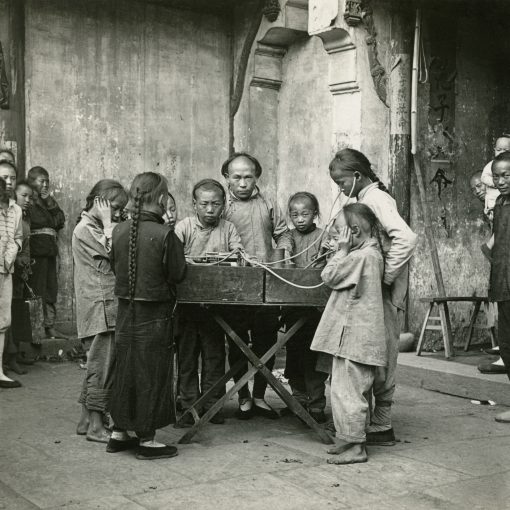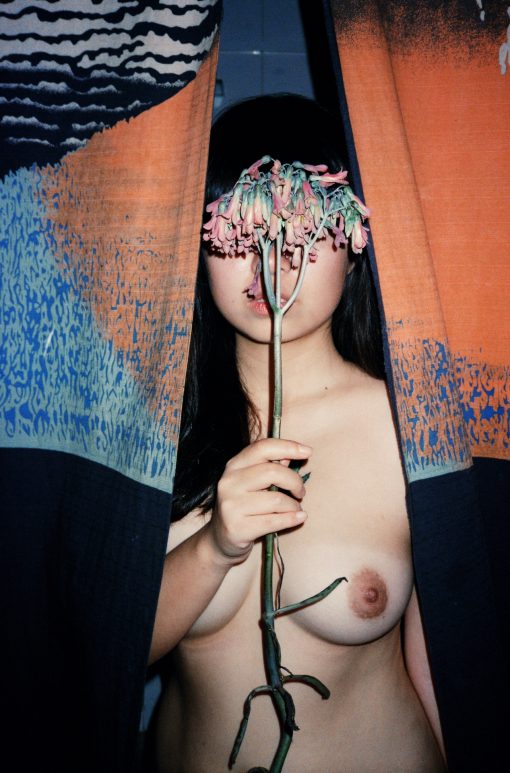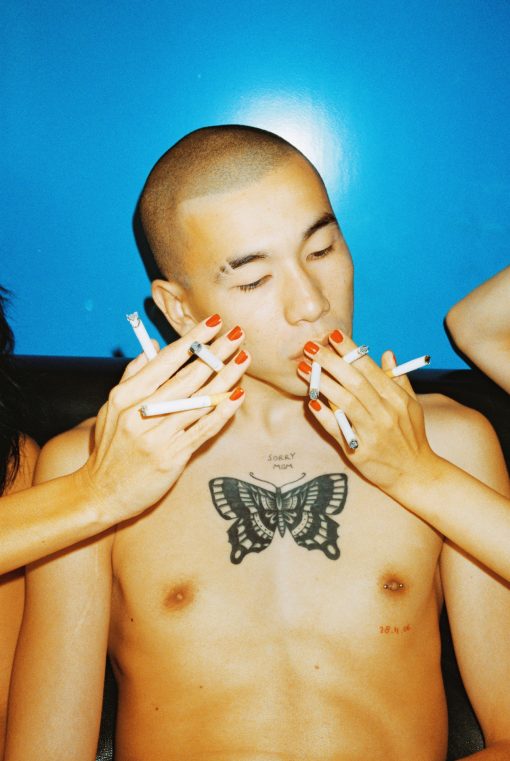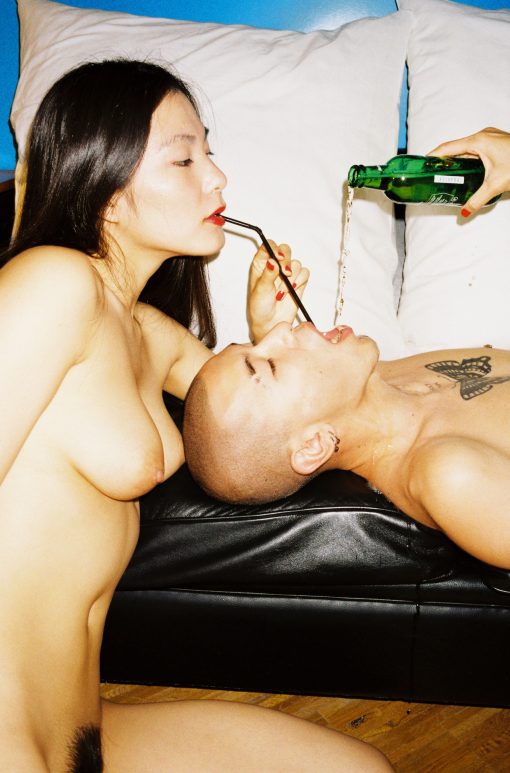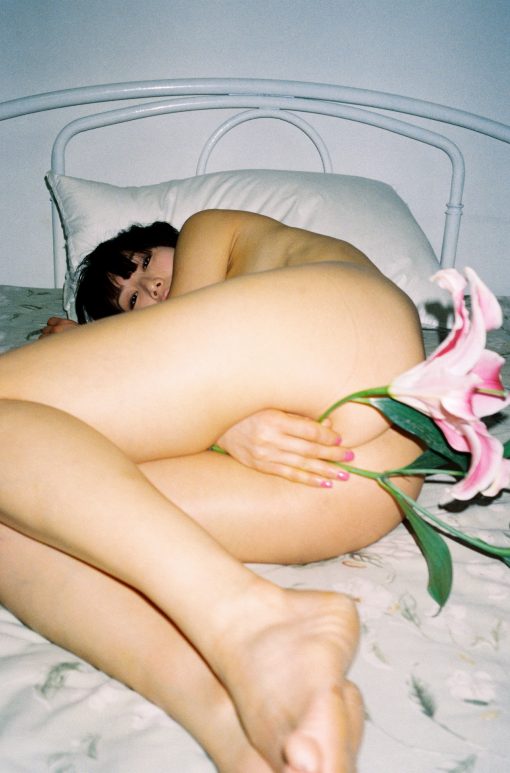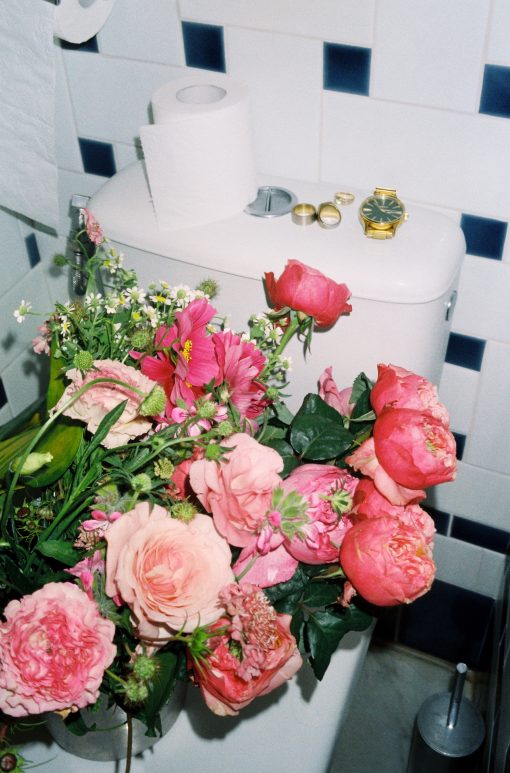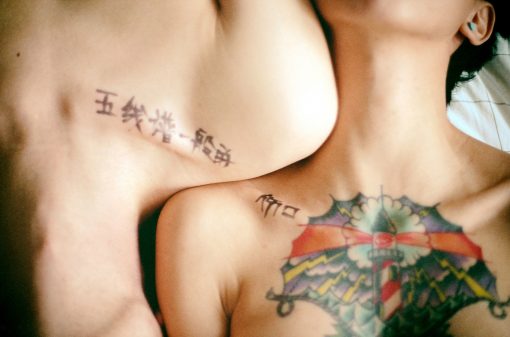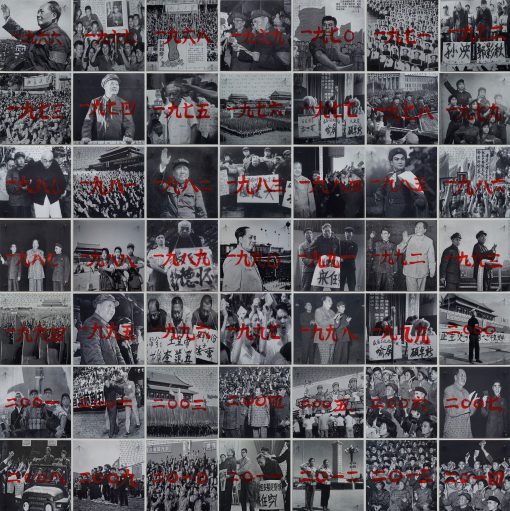Then and Now
Life and Dreams Revisited
5/5/2019 — 10/27/2019
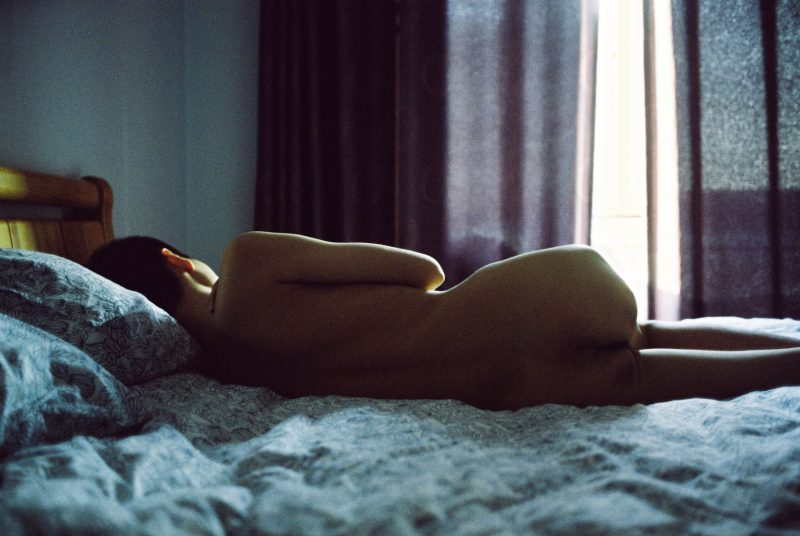
5/5/2019 — 10/27/2019
The Walther Collection is pleased to present Then and Now: Life and Dreams Revisited, an exhibition that extends the Collection's ongoing survey of Chinese photography since 2017. Curated by Christopher Philips in 2018, Life and Dreams: Contemporary Chinese Photography and Media Art was the first extensive exhibition of works by Chinese artists represented in the collection.
In this second iteration, Then and Now presents early 20th century travel photography of China together with groundbreaking works by 31 internationally renowned artists such as Ai Weiwei, Song Dong, Rong Rong, Yang Fudong, and Zhang Huan, as well as artworks by a younger generation of artists, such as Lu Yang and Lin Zhipeng. Juxtaposing historical and contemporary Chinese photography, the exhibition illustrates the epochal changes that have not only transformed China's rural and urban habitats in recent decades, but also essential aspects of social relationships and everyday life.
In the Green House, a selection of stereoviews conveys impressions from the final years of Qing Dynasty (1644–1912), documenting one of the most momentous upheavals in the country's modern history. Defeat in the First Opium War (1839–1842) between China and the United Kingdom forcefully ended China's self-imposed isolation from European nations. After China's renewed defeat in the Second Opium War (1856–1860), the Western powers began to occupy numerous harbors and districts across the nation in order to exert further influence and establish trade networks. The drastic economic consequences of these conflicts gave rise to widespread anti-imperial sentiment that would eventually topple China's 4000-year old feudalistic system and accelerate the urge to build a modern nation. The Xinhai revolution of 1911 led to the resignation of the last emperor, and the founding of the Republic of China in 1912.
The featured stereoviews reflect these seismic changes that took place in the early 20th century, particularly through infrastructure—showing embassy buildings on the Shanghai waterfront, the railway built by the colonial powers, or the Chinese people's first encounters with Western inventions such as the Edison phonograph. While little is known about the origins of these photographs, the depicted hairstyles, clothing, and utensils, as well as the landscapes and varied locations, indicate that the series was probably made between 1910 and 1920 by a traveling European or American photographer. In rich and exceptional detail, these photographs of daily life move beyond the “exotic and bizarre” views typical of Western images from this period, depicting bustling street and harbor scenes, classical temples and statuary, rural farm life complete with extraordinary ancient equipment and tools, and striking individual portraits of young and old.
A radical departure in both time and subject matter, a selection of works by Lin Zhipeng—known under the pseudonym 223—explosively portrays contemporary Chinese youth in a special exhibition on the upper floor of the White Cube, curated by Simon Baker. Born in 1979 in Guangdong province, 223 has become a representative figure in contemporary Chinese photography for works that offer a uniquely personal and intimate view of a youth subculture, including queer love and sexuality—standing in stark contrast to imposed conservative cultural values and standards.
The pseudonym 223 is based on the character of a love-sick policeman, played by Takeshi Kaneshihiro in Hong Kong director Wong Kar-Wai's Chungking Express (1994). His cinematic sensibility is reflected in his photographic portfolios, which embody a poetic and dreamy atmosphere as well as the loneliness, melancholy and mysticism of many film characters. His blog "North Latitude 23," founded in 2003, brought 223 worldwide attention and provided a platform to share and communicate his artistic vision. To this day, he documents both his and his friends' everyday lives in an imaginative and exceptionally intimate way. Supplemented by personal notes, he creates a private diary of a young generation trying to escape the pressure of Chinese society and fathom its boundaries.
Drawing aesthetic inspiration from the works of Guy Bourdin, Wolfgang Tillmans and Jürgen Teller, 223's playfully composed images are characterized by a spontaneity that reveals the exuberance and vulnerability of his subjects in equal measure. In combination with his talent for improvisation and a sharp aesthetic sensibility for his subjects, 223 succeeds in showing a diversity of interior lives and dreams.
Throughout the White Cube and Black House, key selections from the acclaimed Life and Dreams exhibition remain on view, showcasing visually inventive and emotionally compelling artworks in diverse mediums, and responding to sweeping social and economic changes that have fundamentally altered the fabric of everyday life. Organized in several subthemes, images in the exhibition represent complex, often challenging individual perspectives: from referencing classical artifacts and surveying the built environment, to evoking technological dystopia and critiquing political authoritarianism.
Juxtaposing early photographic works with recent examples of Chinese media art allows for surprising echoes, affinities, and continuities to be revealed. Furthermore, Life and Dreams demonstrates the remarkable speed with which photography and media art have occupied important positions within the field of experimental Chinese art since the early 1990s—providing an up-to-date account of the main directions and key achievements during the past three decades.

